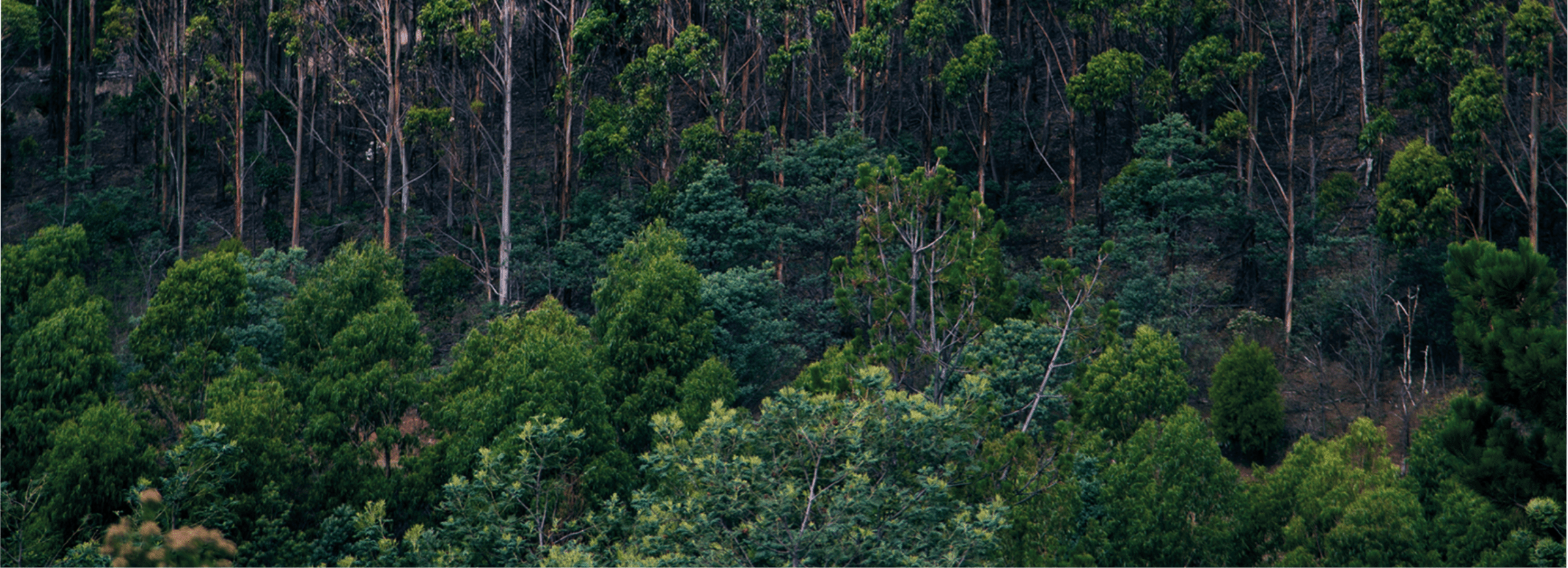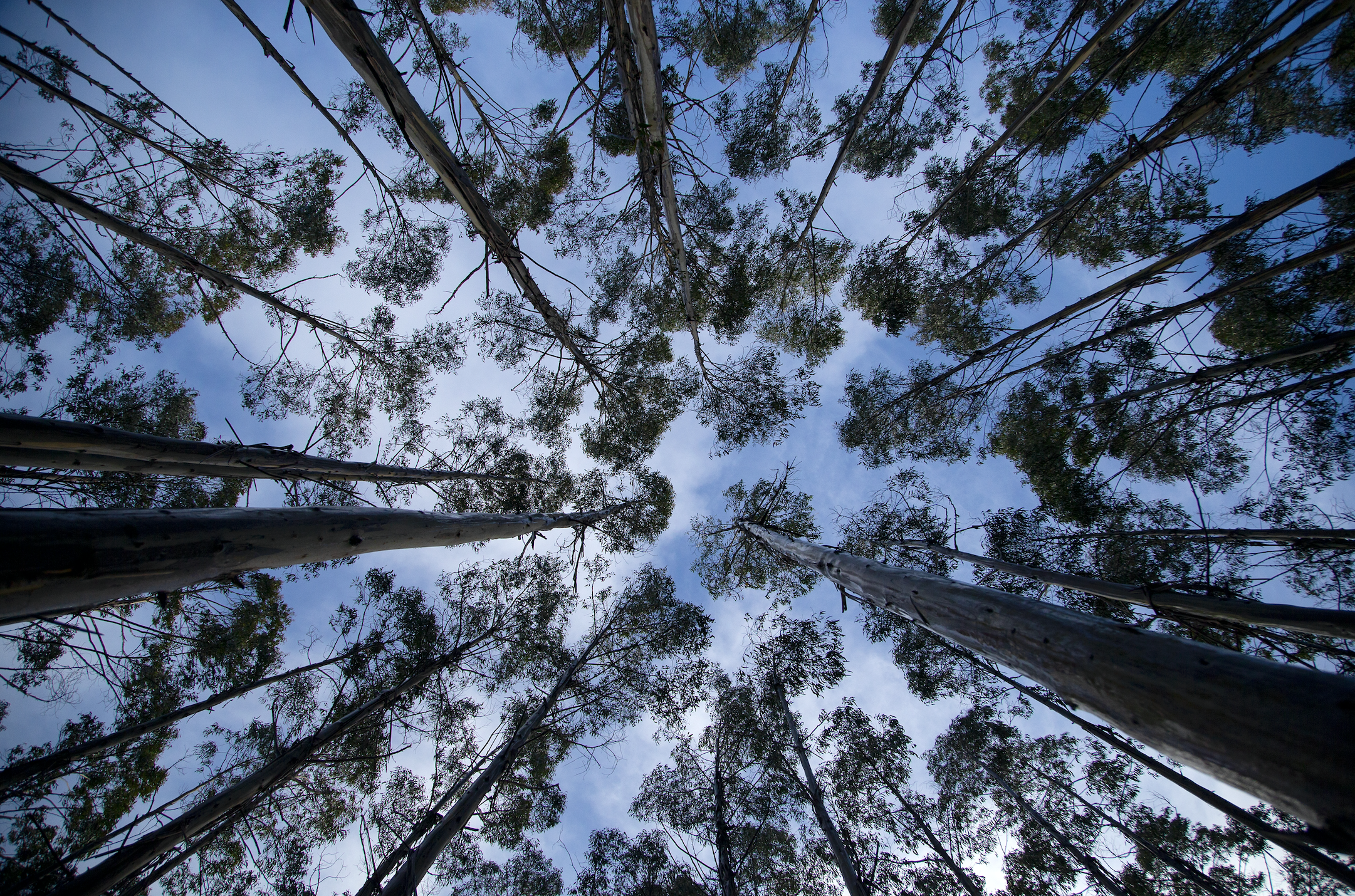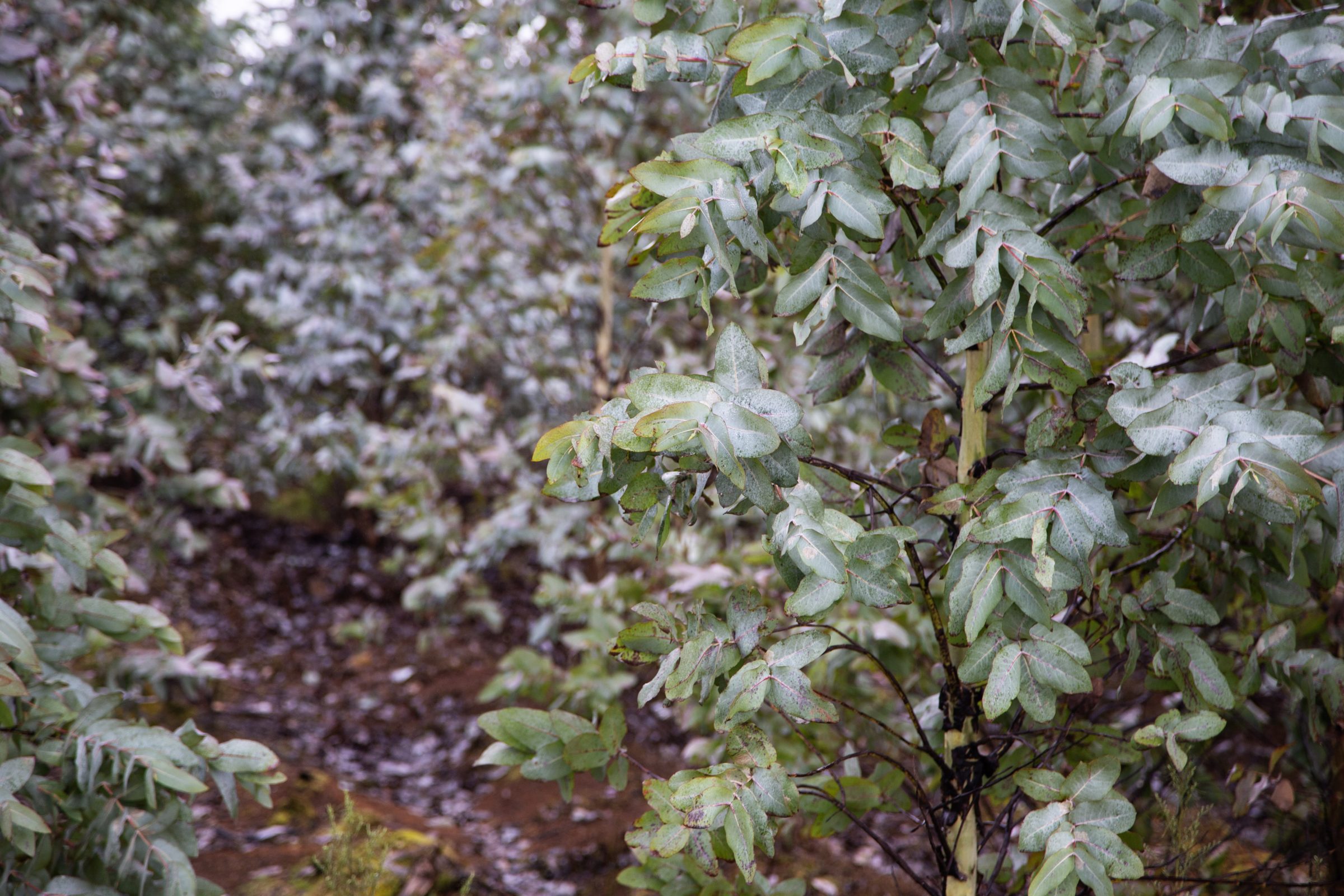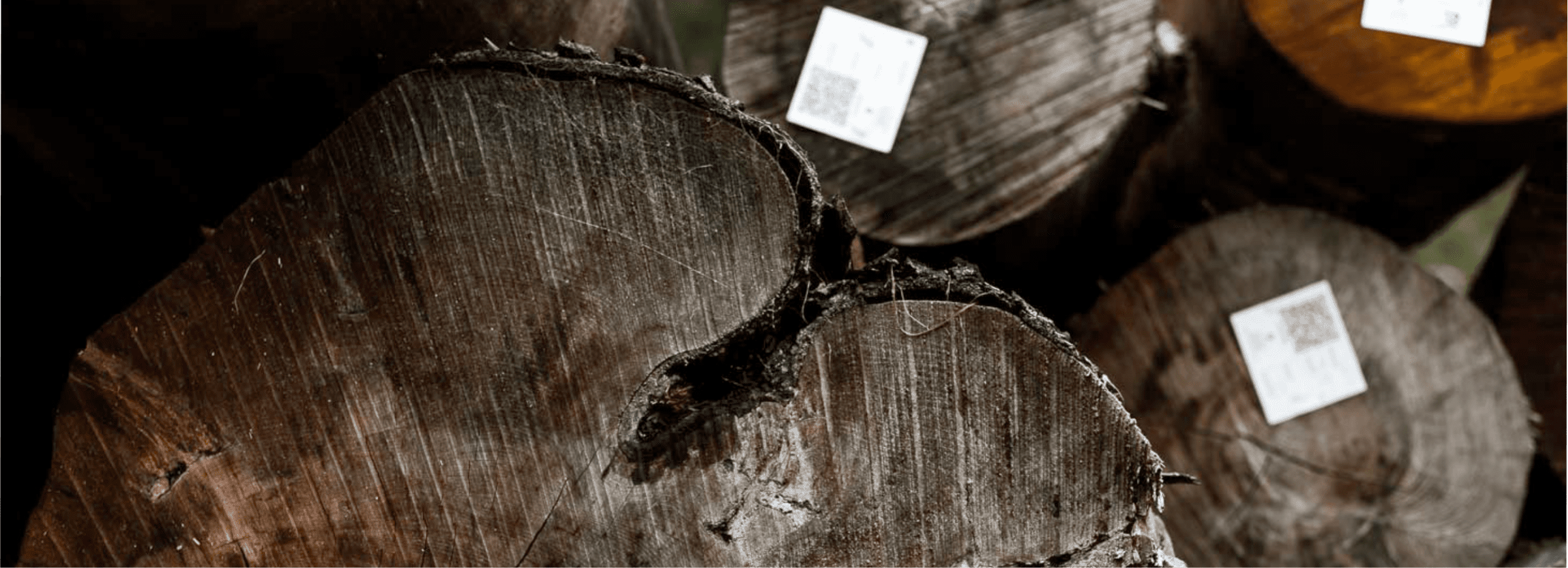
Certification
Certification assures designers and customers that the timber and wood products delivered to a project come from legally harvested and sustainable managed forest.
Certification system have two components: Certification of forest practices and certification of the chain-of-custody of the timber harvested from these forests to the project.
What is forest certification?
Sustainable forestry is a forest management system that extracts timber and other wood products while balancing the needs of the forest ecosystem and regenerating the timber that is harvested. Forest certification ensures that a forest is being sustainably managed, and the timber is coming from a forest that is harvested legally and responsibly. Based on internationally accredited forestry standards and independent third-party auditing, certification systems give a guarantee that the timber is from a renewable, well managed resource that will still be here in generations to come.
Two major certification schemes operate in countries around the world: PEFC and FSC. Both certify areas of Australia’s forests and wood supply chain, and the timber and wood products imported into the country.
What is PEFC?
PEFC, the Program for the Endorsement of Forest Certification, is the world’s largest forest certification system. PEFC is a non-profit, non-governmental organisation that works throughout “the entire forest supply chain to promote good practice in the forest and to ensure that forest-based products are produced with respect for the highest ecological, social and ethical standards.”
What is Responsible Wood?
As PEFC is a global alliance of national certification systems, its Australian representative of is Responsible Wood, whose vision is: “to ensure that Australia’s forests and all products sourced from them rank among the most sustainable in the world” and their certification guarantees that forest products are sourced sustainably, are socially just, are ecologically sound and economically viable. In Australia, Responsible Wood certification covers over 16 million hectares of forests, 90% of Australia’s commercial forests.
What is FSC?
FSC, the Forest Stewardship Council also runs an international forestry certification program. It is an international non-profit organisation established to promote responsible management of the world’s forests via forest and timber certification. FSC unites “individuals, businesses, governments, and NGO’s under a common goal: protecting healthy, resilient forests for all, forever.”
What is the difference between the certification schemes?
Both PEFC/Responsible Wood and FSC accreditation systems are used in Australia and there are more similarities between the two schemes than differences. Both systems are based on internationally accredited and public standards and require independent third-party auditing of forestry practice against similar performance criteria. Australian timber processors stock timber that has both PEFC and FSC certification.
However, forest certification continues to be a strongly contested policy arena. In Australia, there are active protagonists for both schemes and there are differences in both organisational structure and performance criteria. For example, FSC include a rule precluding certification of plantations on forest lands converted after November 1994. This makes significant areas of plantation owned by key companies in Tasmania ineligible for FSC certification. Some Australian plantation forestry firms have sought and secured FSC certification; conversely, many Australian state forestry agencies and other firms, including those which harvest the majority of wood from Tasmanian public and private lands, have sought and secured certification under the AFS. Some companies are certified under both schemes.
What are the major distinctions?
In practice, the difference in impact between using certified products compared to uncertified products is much more significant than any difference between certification systems. In selecting a timber or wood product for a project, the first distinction is to choose a certified product over one without certification, and then to choose the certified product that best suits the project’s requirements with confidence that sustainable forest practice is being supported.
All Tasmanian timber is from forests that are certified as sustainable and there is a Chain of Custody certification with Tasmanian wood products that can be used to trace wood products back to their sustainably managed source.




